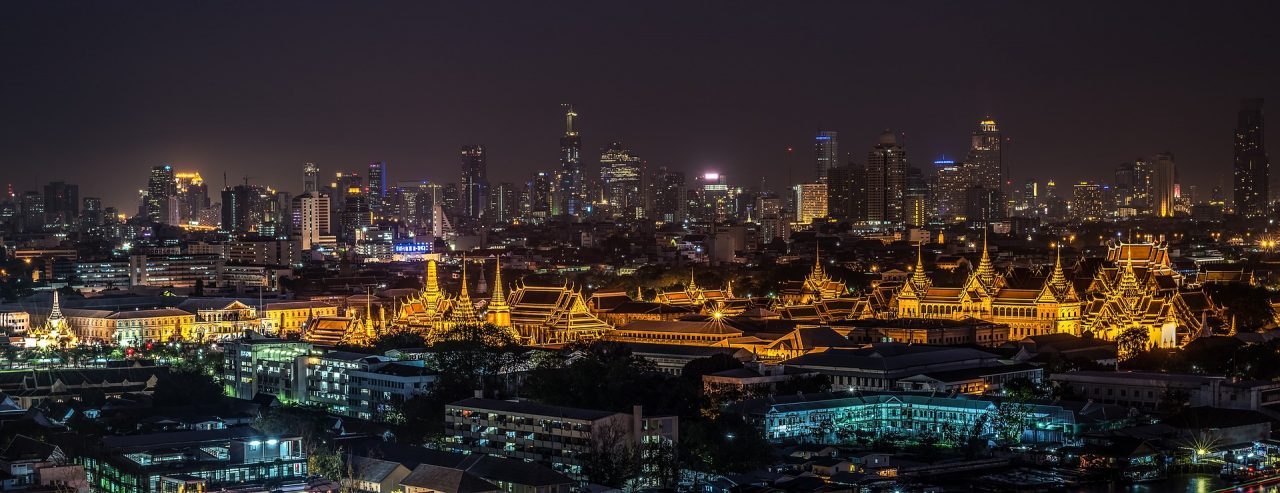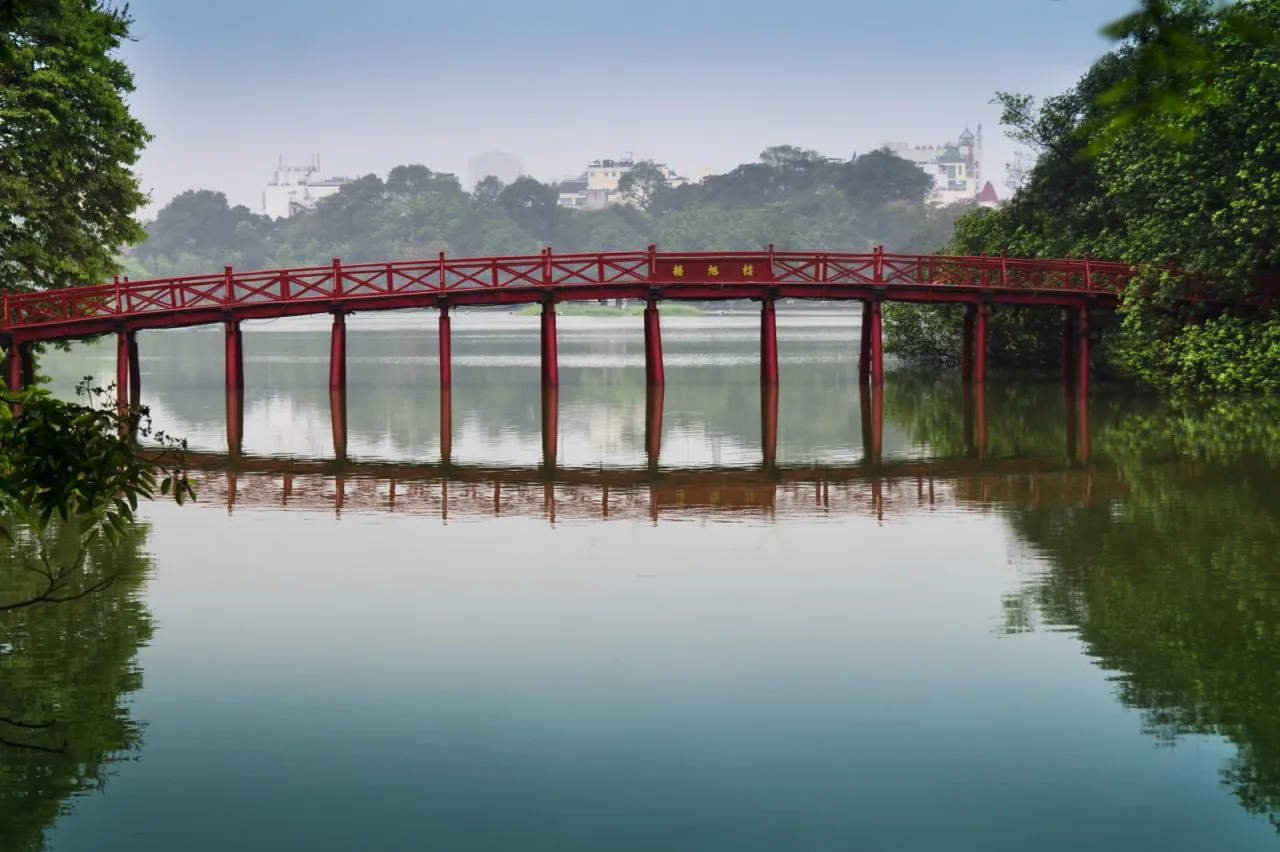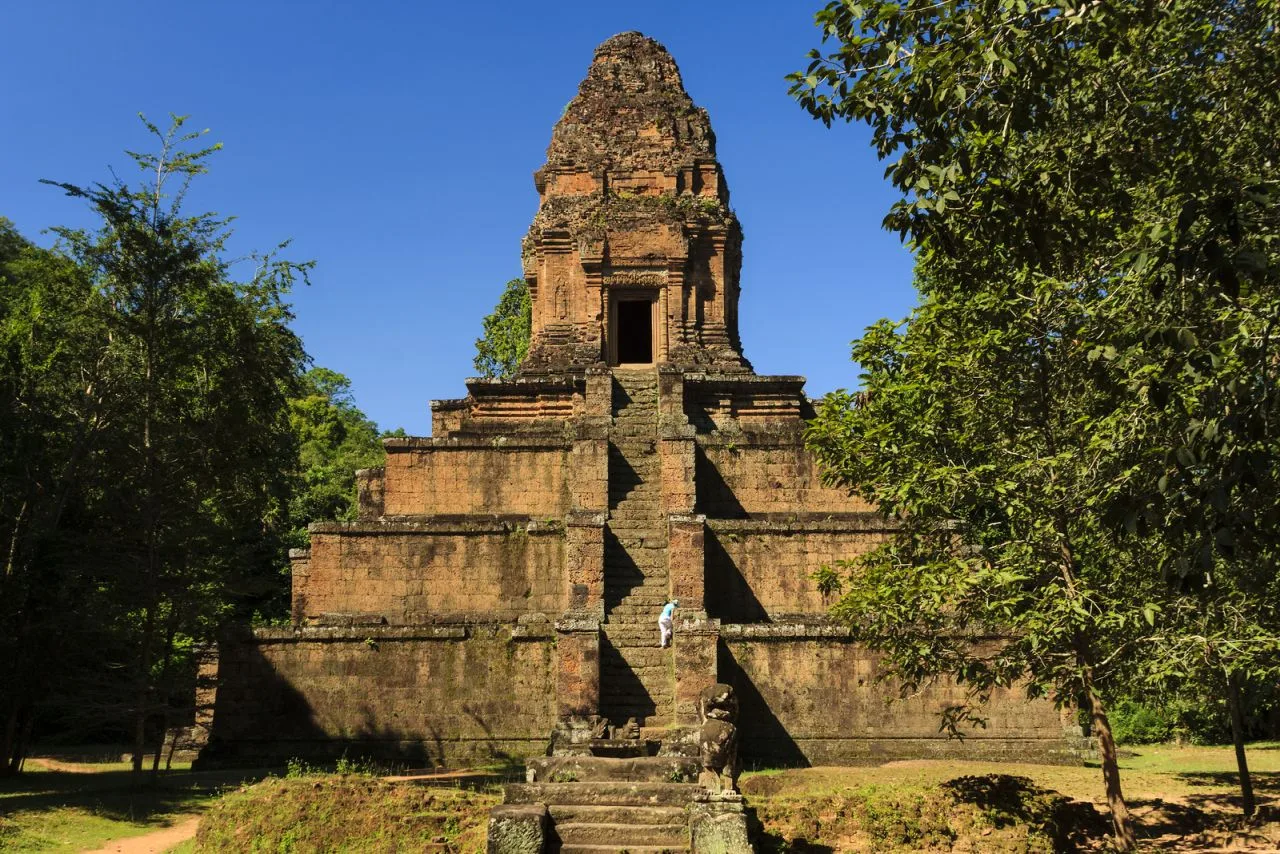Vinh Trang Pagoda
Address
Vinh Trang Pagoda
GPS
10.3628375, 106.37356894123
The largest pagoda in Tien Giang Province in Vietnam, Vinh Trang Pagoda has an area of 2,000 m2 and is surrounded by numerous magnificent trees. It was constructed in the shape of the Chinese character “Nation” in My Phong village, My Tho City, in 1849.
The pagoda is divided into four huge sections: the front department, the main department, the worship department, and the back department, with a mix of European and Asian architecture that creates a magnificent beauty, solemnity, but purity.
The stunning building combines Chinese, Vietnamese, and Angkor (Cambodian) architectural elements. Five structures, two ornamental yards, and 178 pillars make up the pagoda.
Two triumphal arches with an art of inserting bottle and porcelain fragments form harmonious pictures illustrating the Buddha’s legendaries are the most attractive constructions in the pagoda. Inside the pagoda, there are paintings of “eight angels riding on animals,” another set of bronze statues of the Amitabha Holy Trinity the size of a man, and, most notably, the set of the eighteen Arhants, wood carving work, which is the only one, not two, in the west of South Vietnam, and was created by a group of artists in 1907. Buddhist priests who looked after the pagoda are buried all over the place. Flagstones with intricate engravings adorn these graves.
The pagoda has three different entrances. The center iron gate is constantly shut, but the two side gates in the co lau style are always open. Colorful porcelain mosaics depicting Buddhist folktales and natural surroundings adorn the side gates.
The exterior of the Vinh Trang Pagoda combines Asian and European elements, including Renaissance, Romanesque, and French ornamental flowers, as well as Japanese enameled tile. The pagoda resembles the five-tower Angkor Temple from distance.
According to locals, a monk named Minh Dan and an architect named Huynh Tri Phu traveled to Cambodia for inspiration before constructing the pagoda, which eventually mixed Khmer and European elements. Vinh Trang Pagoda is home to 60 priceless copper, wood, and terracotta figures. The 18 arhats fashioned from jackfruit tree wood in 1907 are the most prized collection. A bell that was cast in 1854 is also on display at the pagoda.
A tranquil ambiance is created by the pagoda’s surrounding gardens of decorative trees, ancient trees, and bonsai. It served as a safe haven for Vietnamese patriots and is now designated by the government as a national historical and cultural treasure.
Vinh Trang Pagoda’s architecture is a perfect blend of Asian and European architectural styles, resulting in the beautiful but modest features of this Buddhist pagoda.






